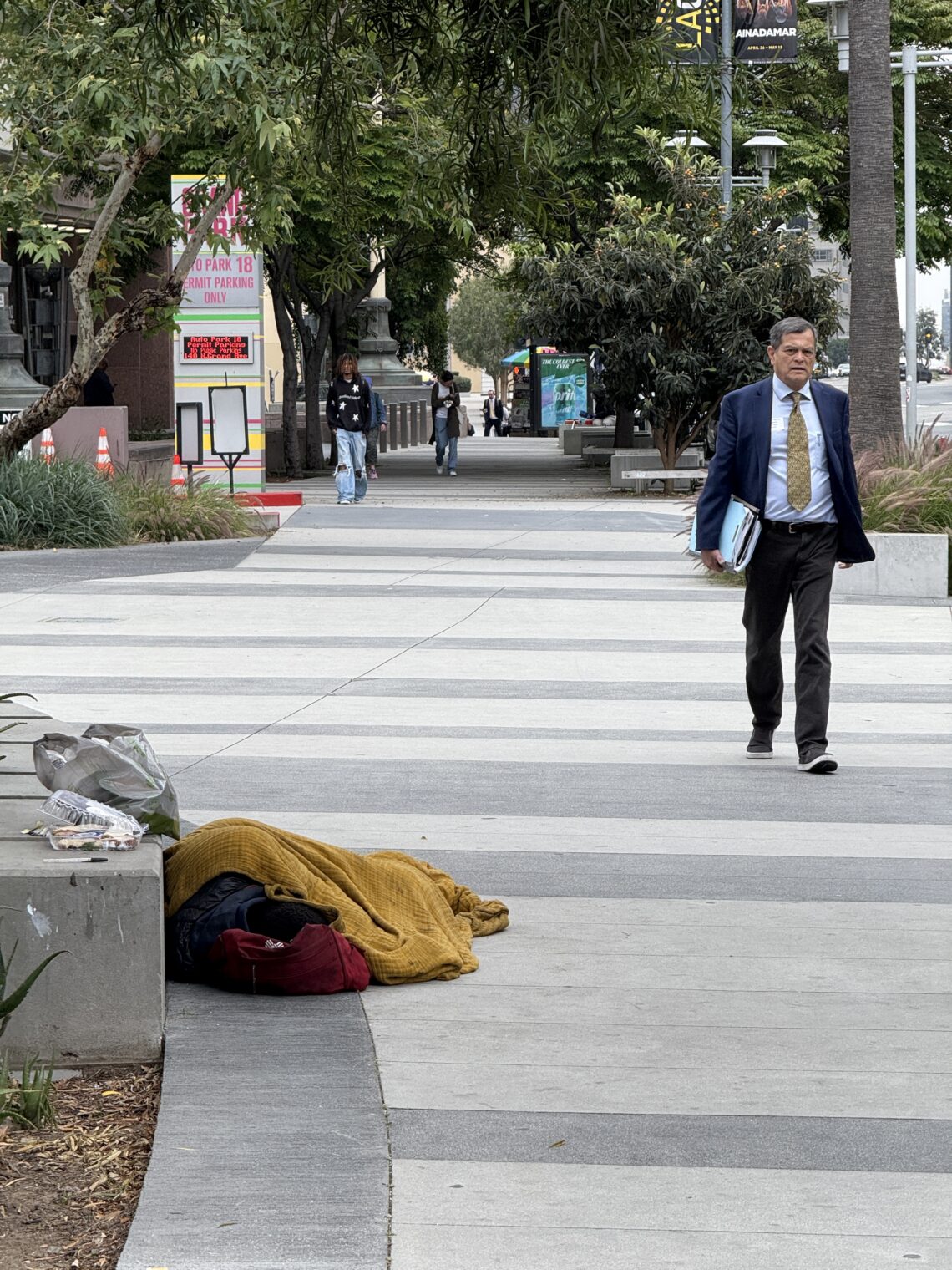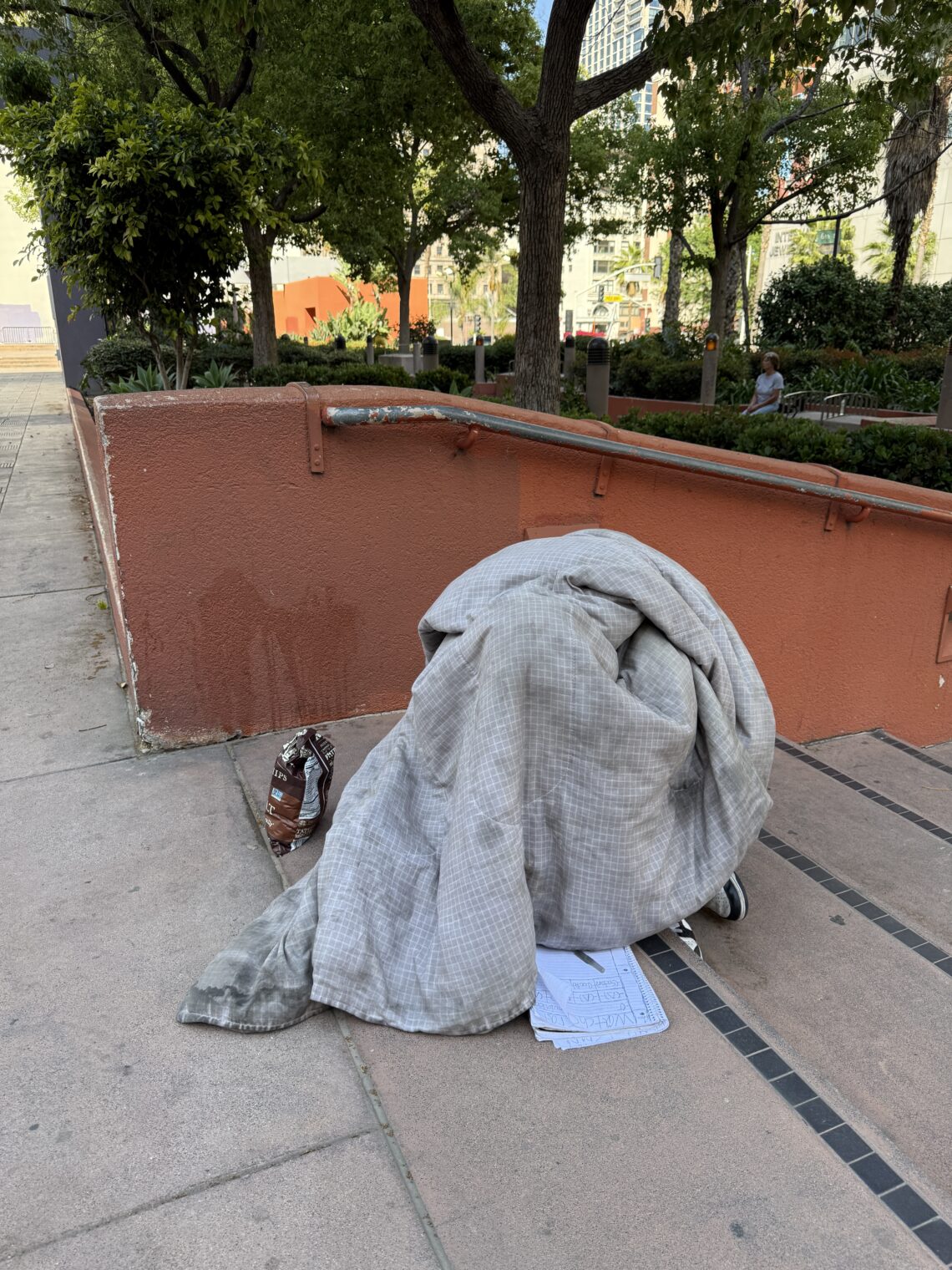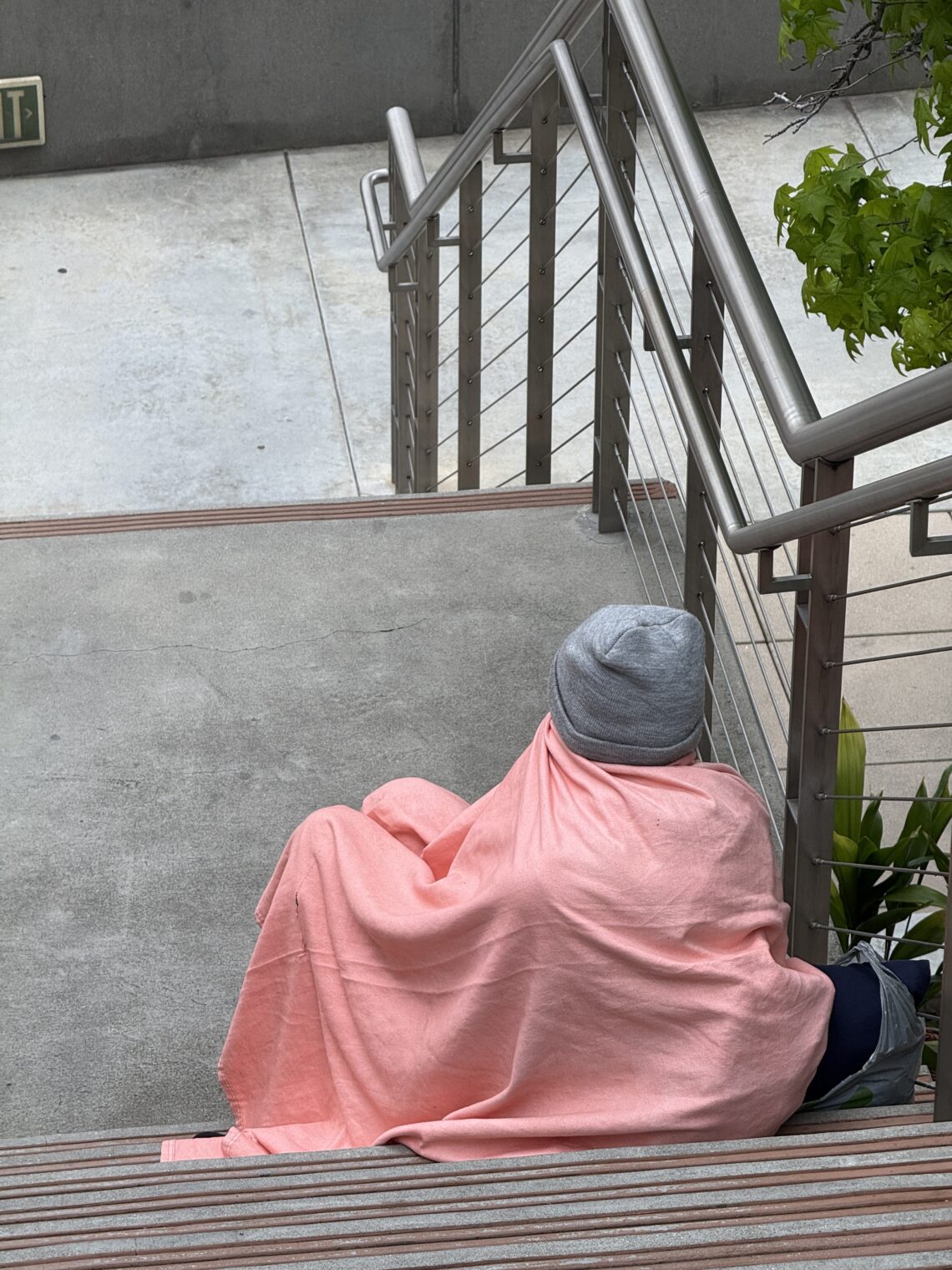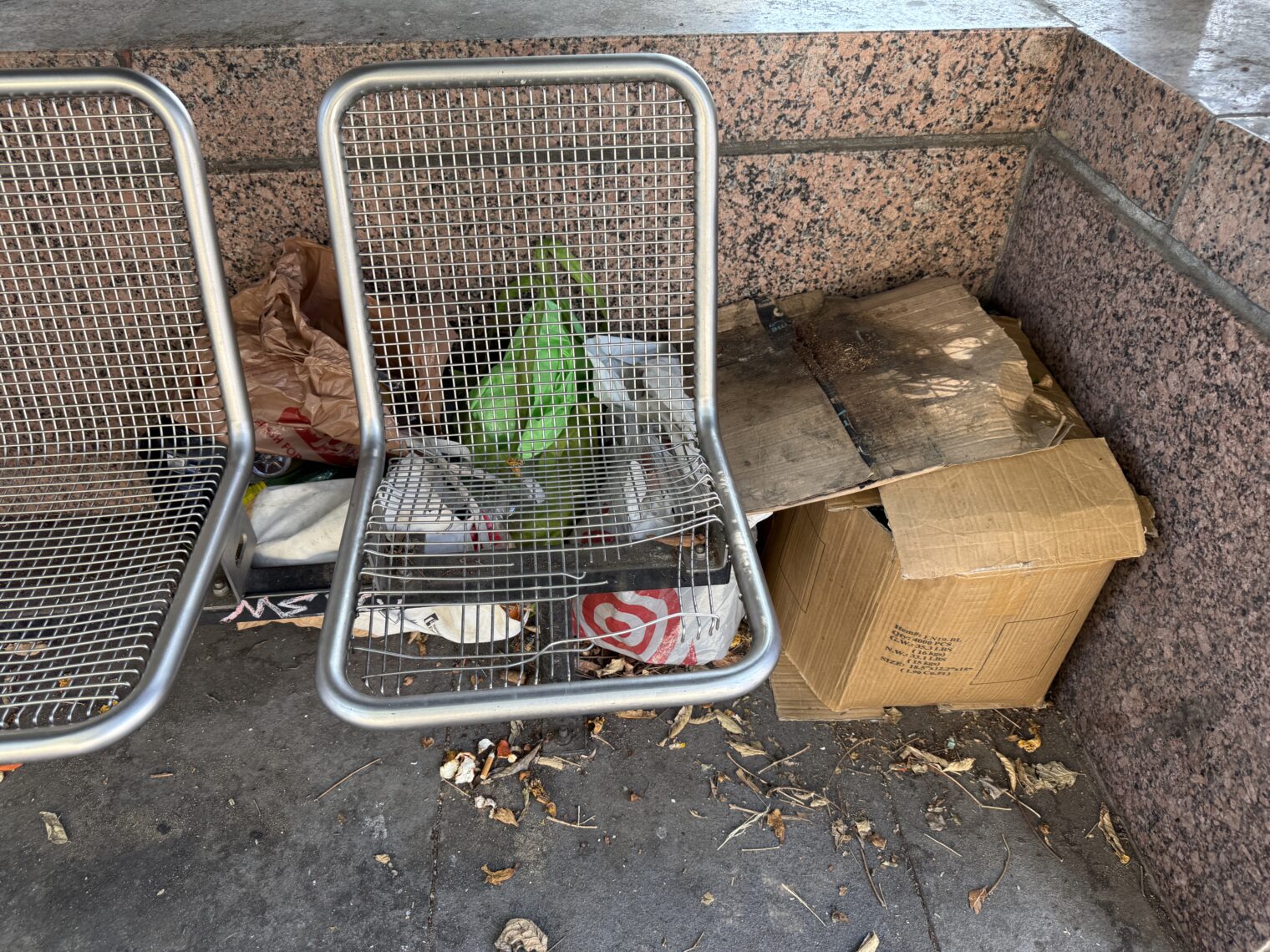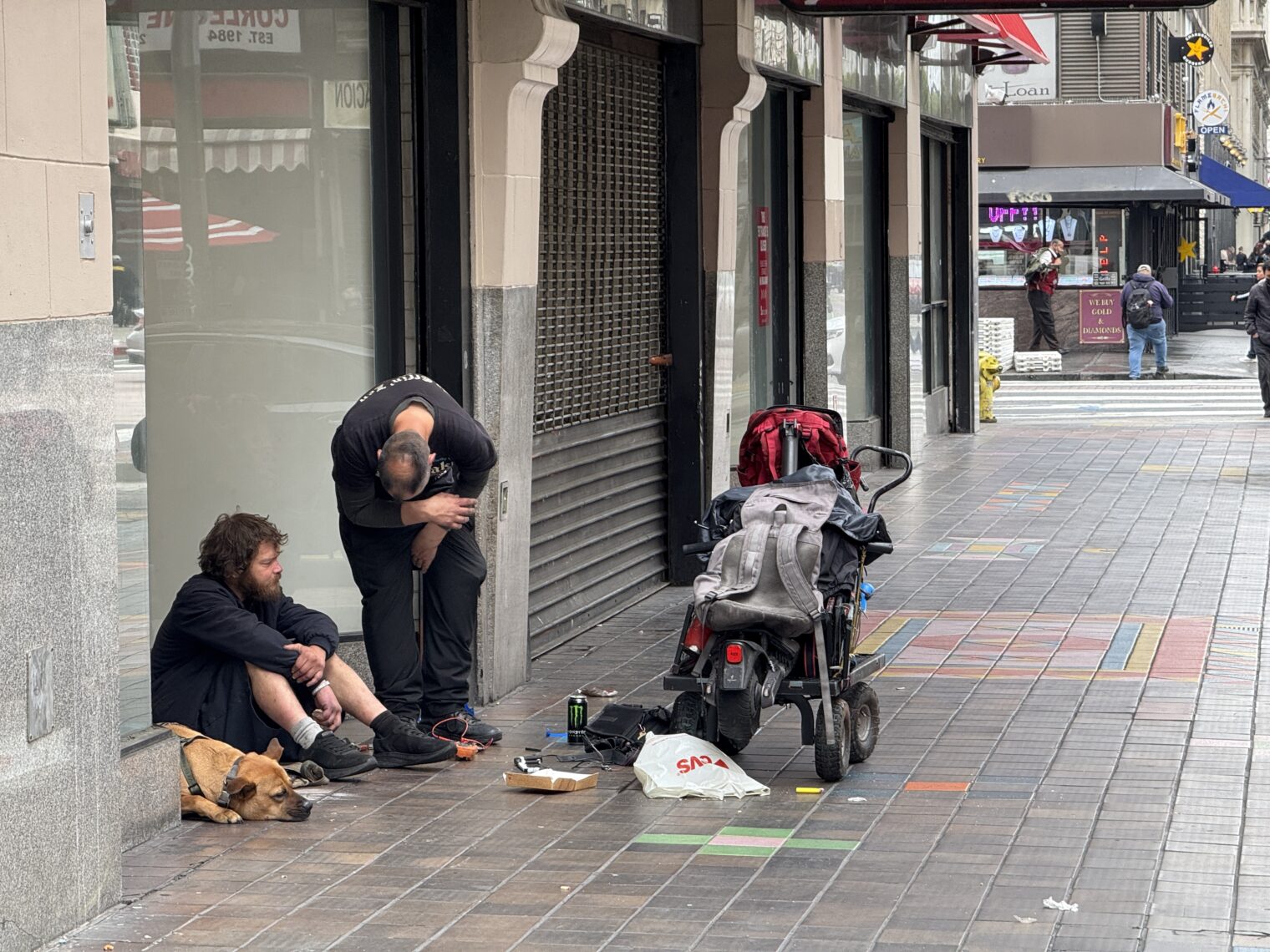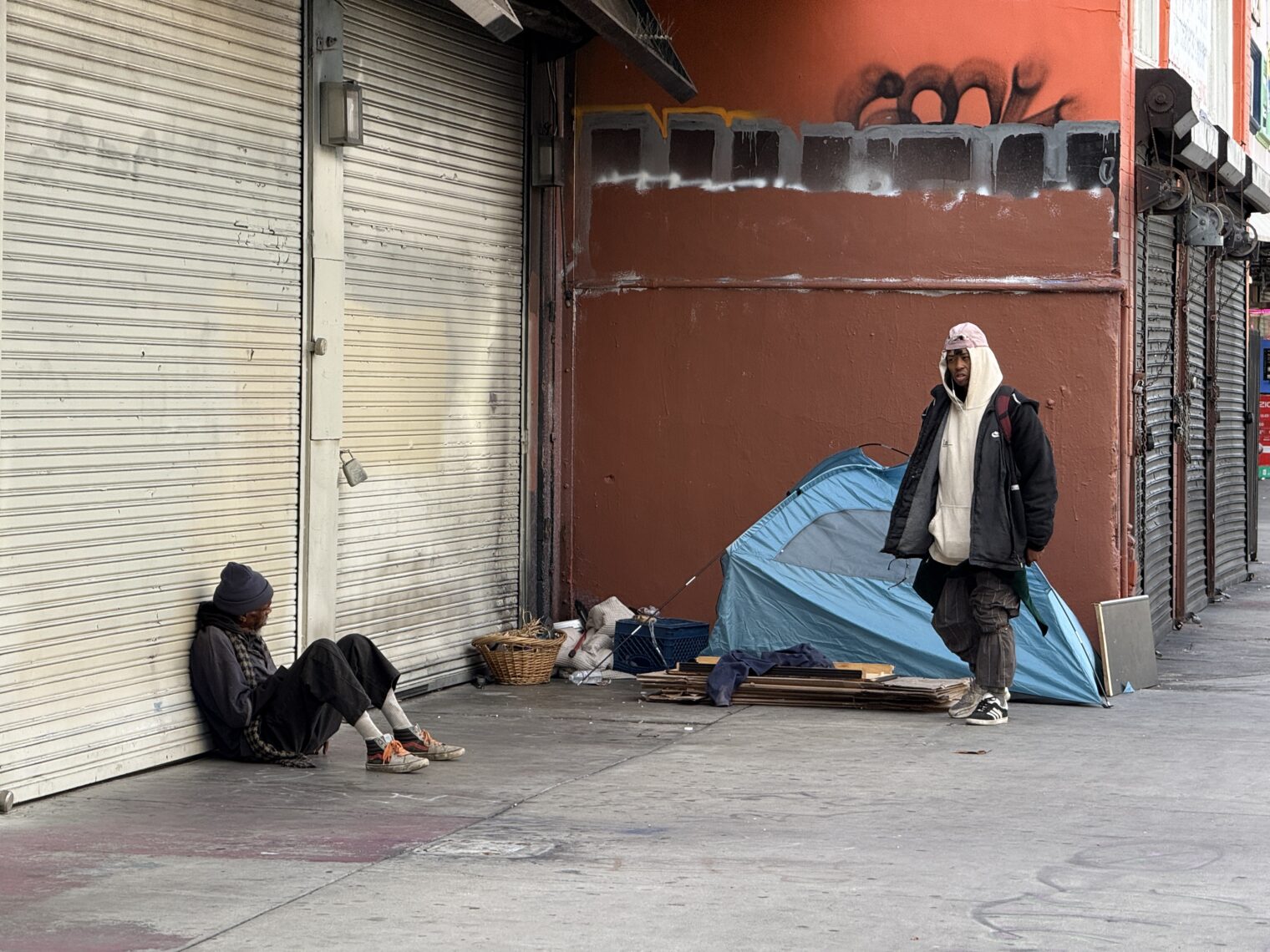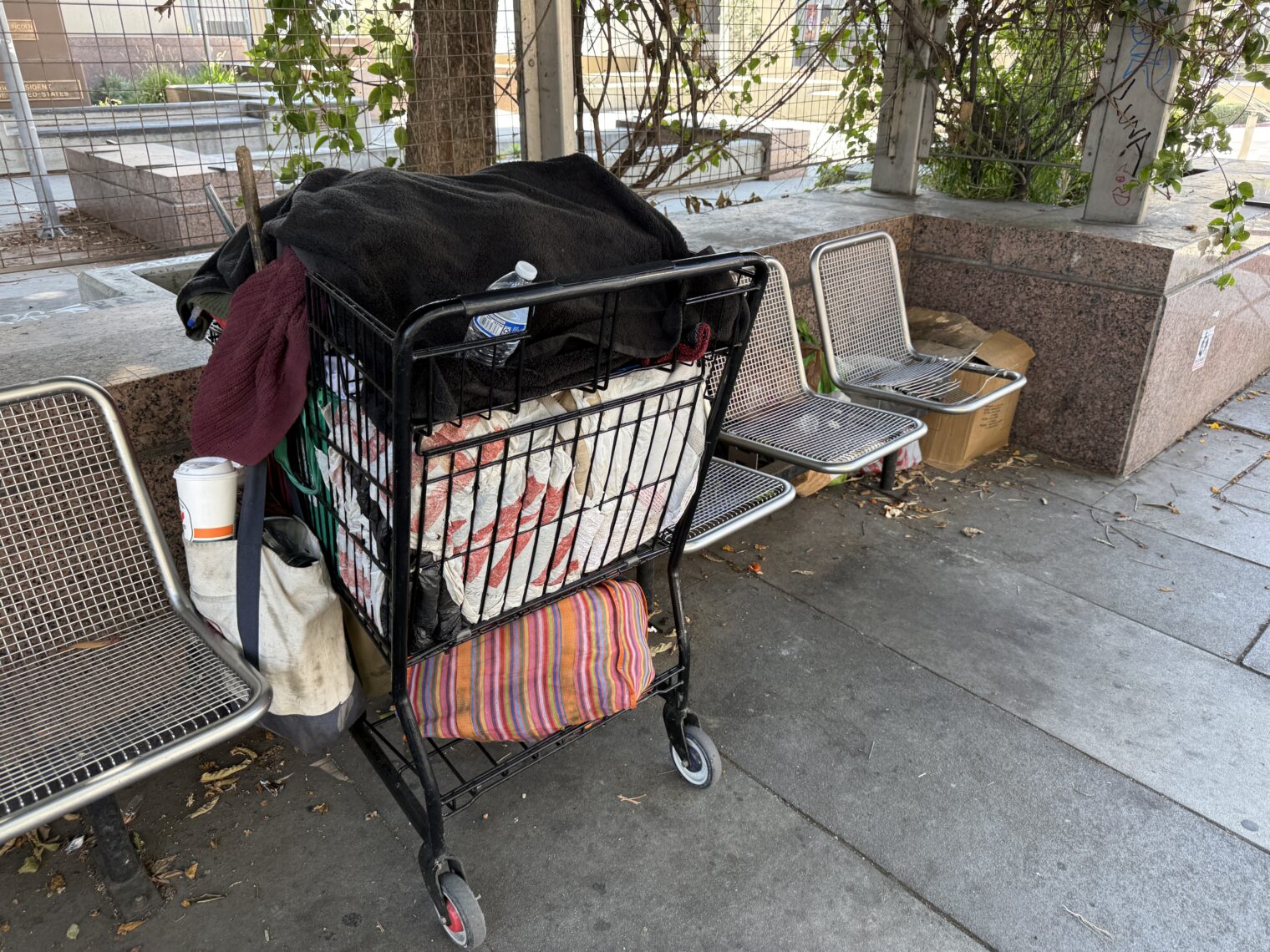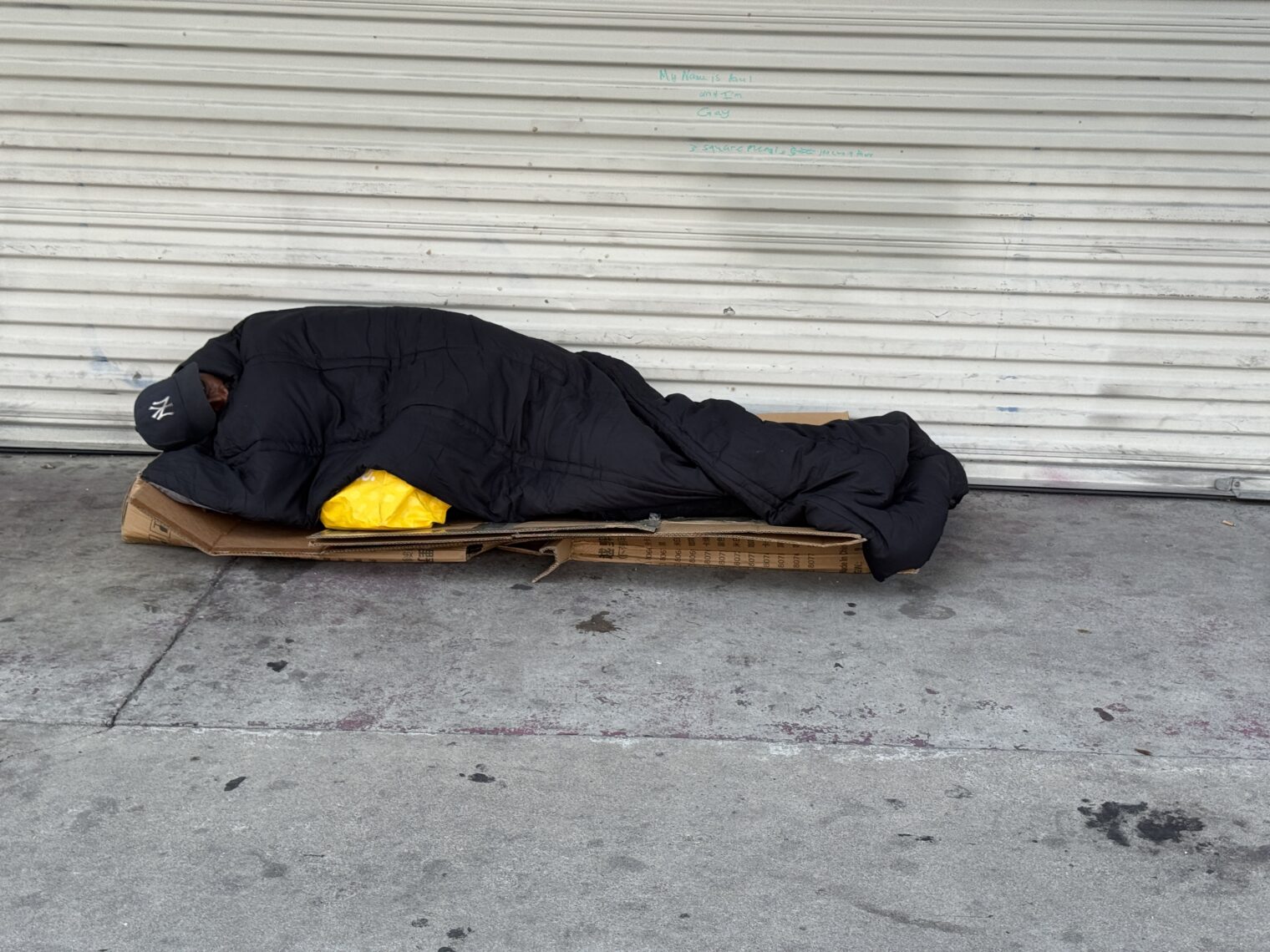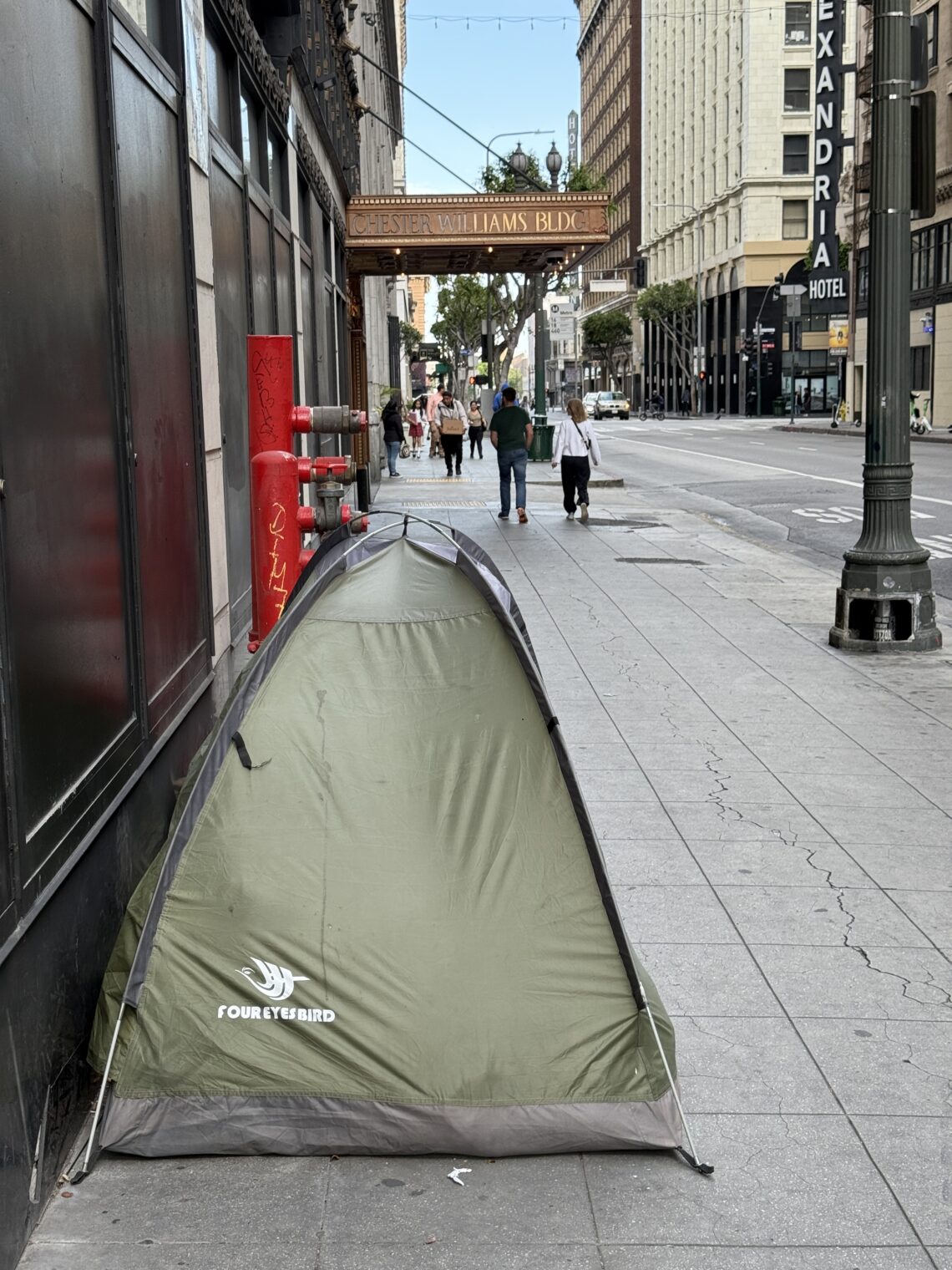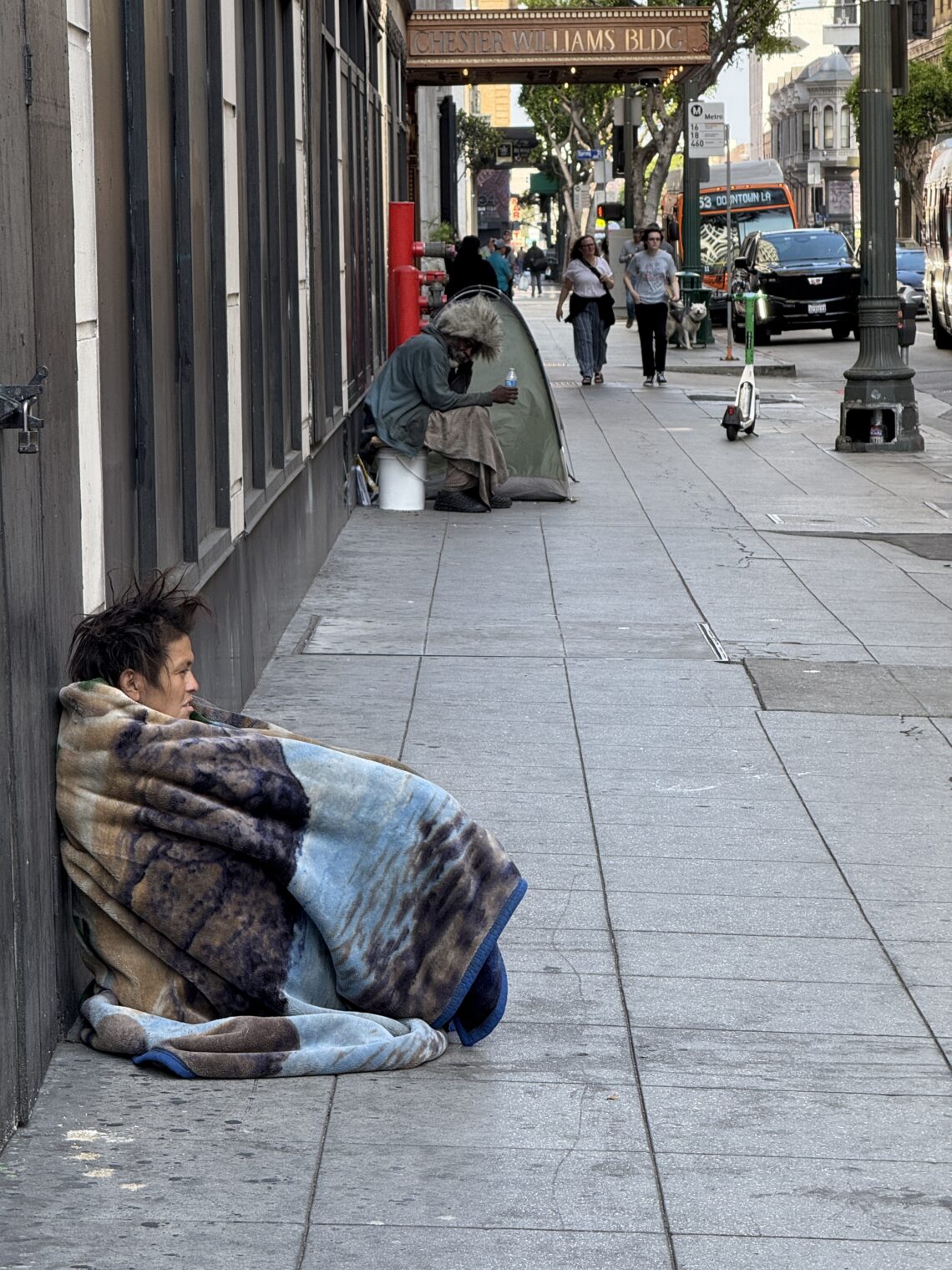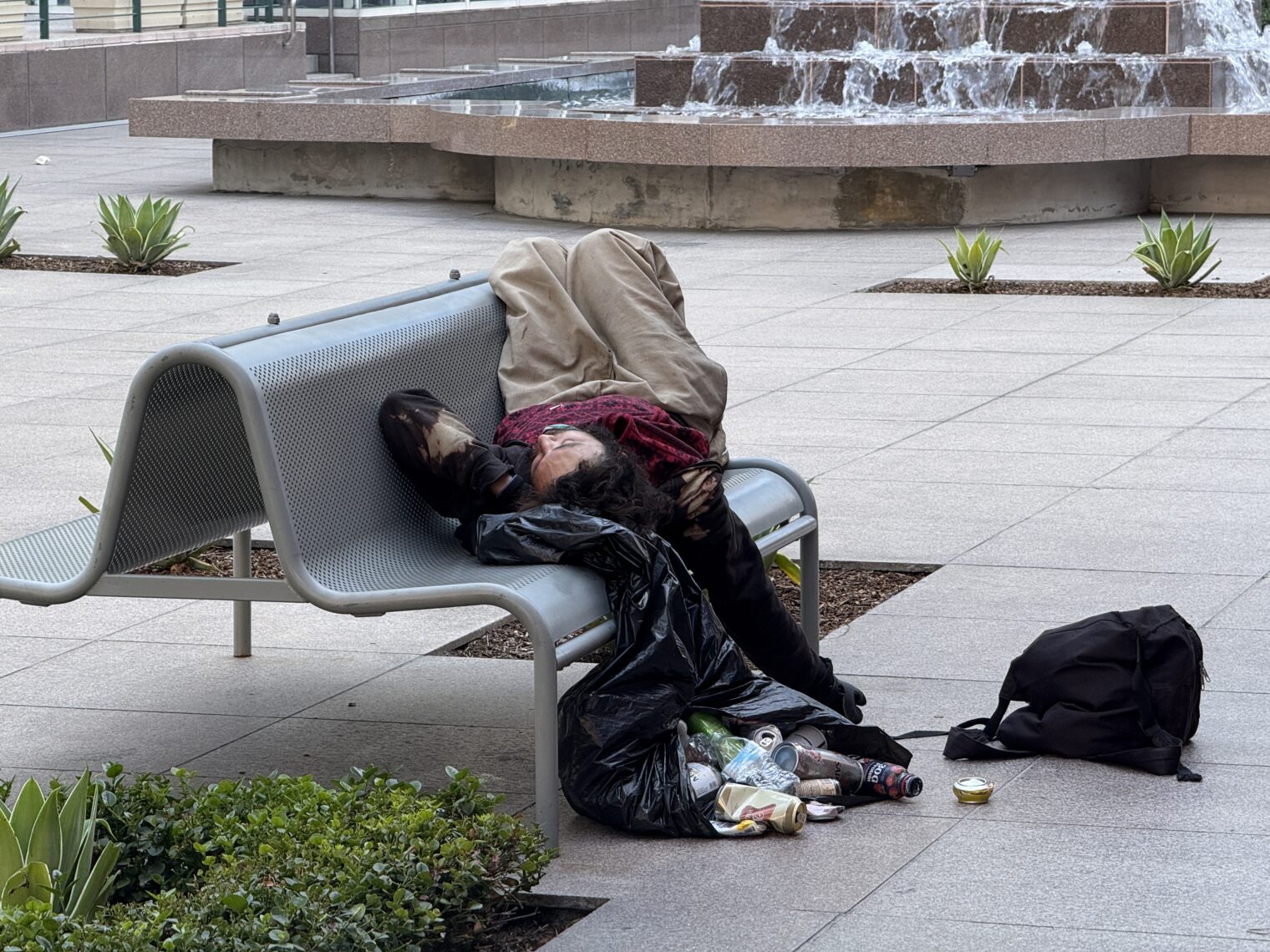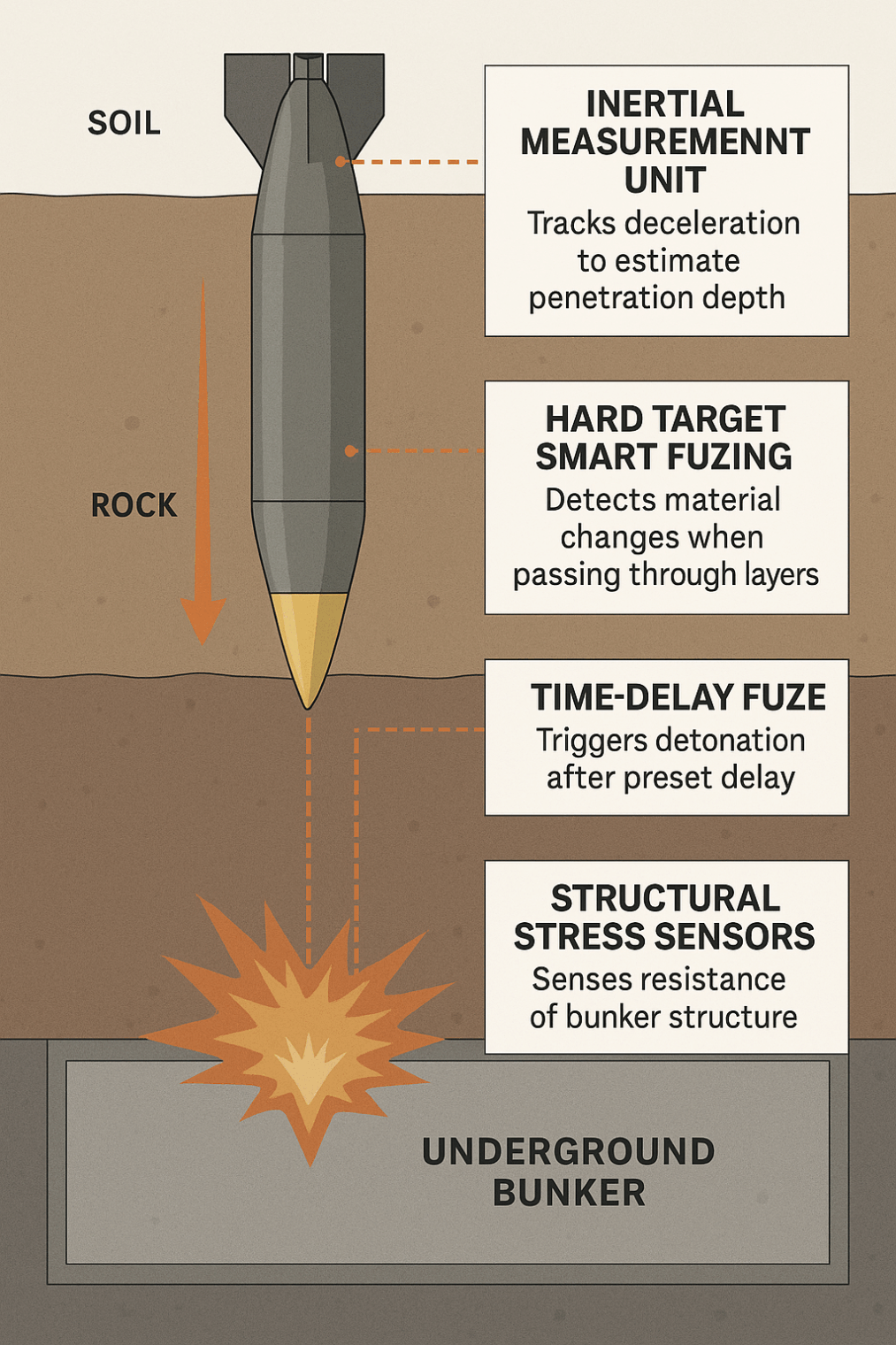New York Times says that “slut” is not an English word
Happy International Whores’ Day, a month late, to those who celebrate. Vaguely related… let’s look at #Truth from the New York Times vs. what the stuffy academics at the Oxford English Dictionary have to say about the word “slut”:
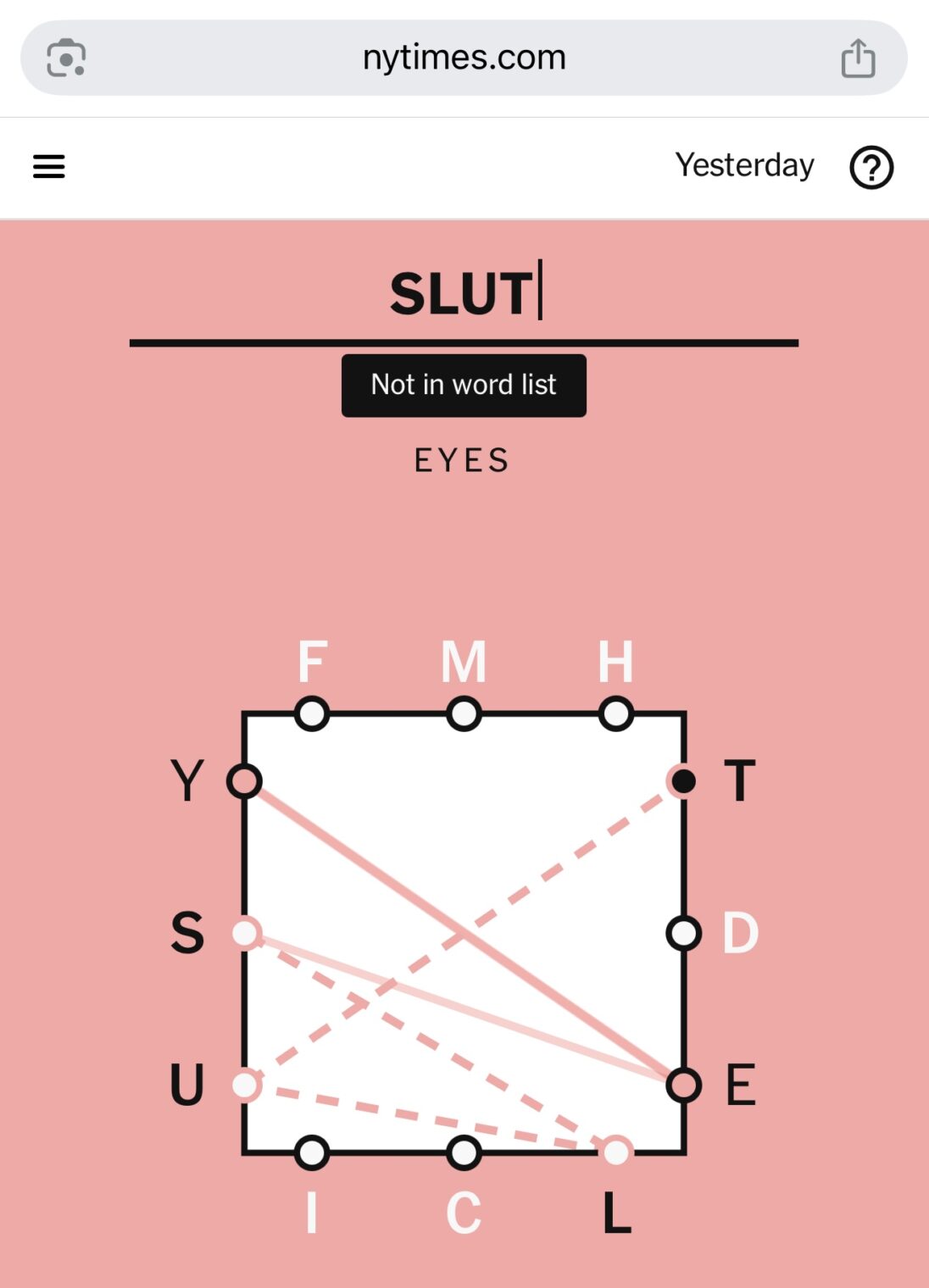
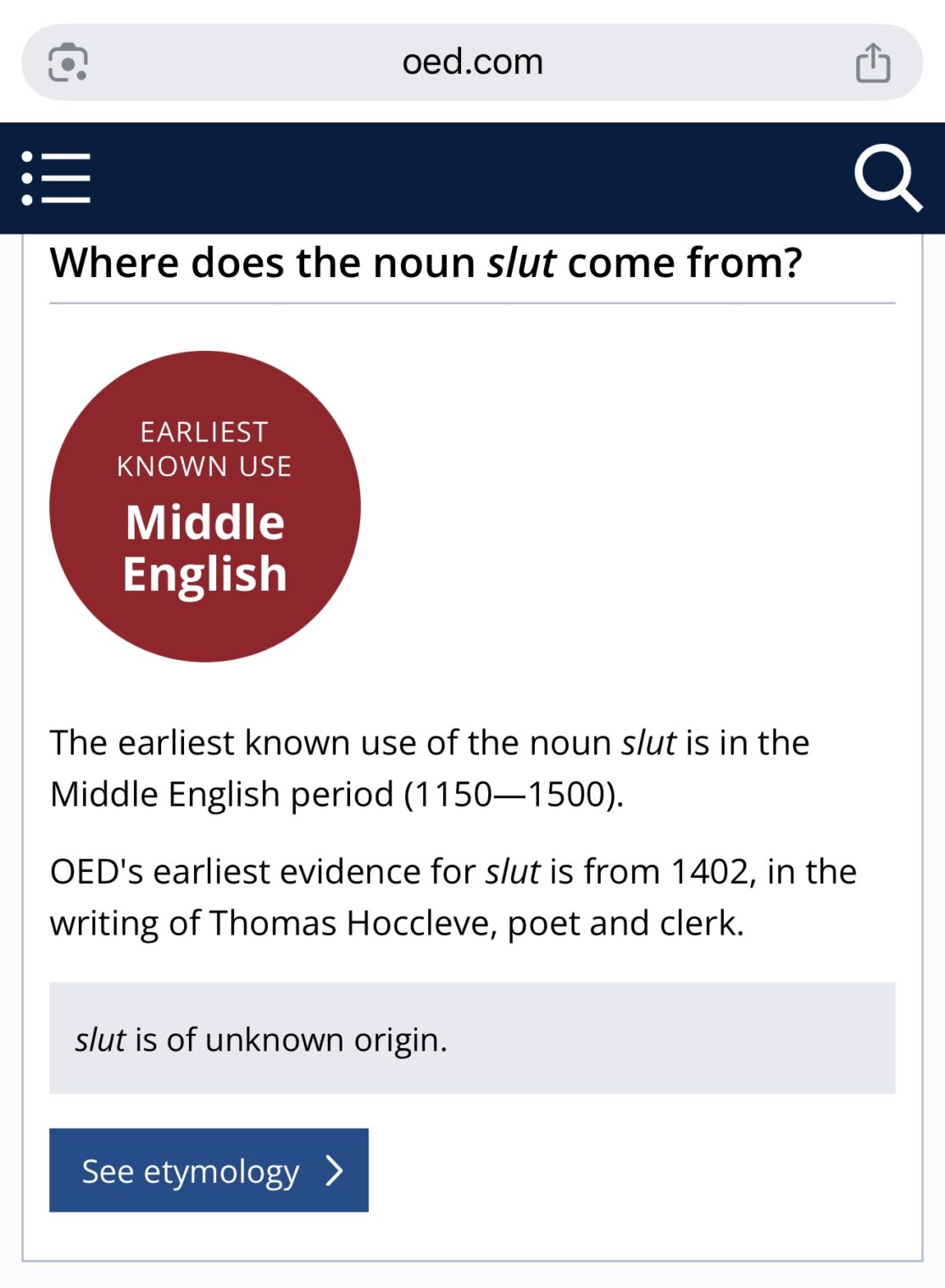
From Orwell’s 1984:
“You haven’t a real appreciation of Newspeak, Winston,” he said almost sadly. “Even when you write it you’re still thinking in Oldspeak. I’ve read some of those pieces that you write in the Times occasionally. They’re good enough, but they’re translations. In your heart you’d prefer to stick to Oldspeak, with all its vagueness and its useless shades of meaning. You don’t grasp the beauty of the destruction of words. Do you know that Newspeak is the only language in the world whose vocabulary gets smaller every year?”
Winston did know that, of course. He smiled, sympathetically he hoped, not trusting himself to speak. Syme bit off another fragment of the dark-coloured bread, chewed it briefly, and went on:
“Don’t you see that the whole aim of Newspeak is to narrow the range of thought? In the end we shall make thoughtcrime literally impossible, because there will be no words in which to express it. Every concept that can ever be needed, will be expressed by exactly one word, with its meaning rigidly defined and all its subsidiary meanings rubbed out and forgotten. Already, in the Eleventh Edition, we’re not far from that point. But the process will still be continuing long after you and I are dead. Every year fewer and fewer words, and the range of consciousness always a little smaller. Even now, of course, there’s no reason or excuse for committing thoughtcrime. It’s merely a question of self-discipline, reality-control. But in the end there won’t be any need even for that. The Revolution will be complete when the language is perfect. Newspeak is INGSOC and INGSOC is Newspeak,” he added with a sort of mystical satisfaction. “Has it ever occurred to you, Winston, that by the year 2050, at the very latest, not a single human being will be alive who could understand such a conversation as we are having now?”
Circling back to International Whores’ Day, it seems that Sean “Diddy” Combs has been found guilty of “transporting people for prostitution”. This is exactly the activity to which Snoop Dogg, one of our official heroes, has freely admitted (example in which he describes a bus that went from state to state). If Combs is sentenced to prison while Snoop Dogg is the official ambassador for the LA Olympics how can we square that with any concept of justice?
Full post, including comments








